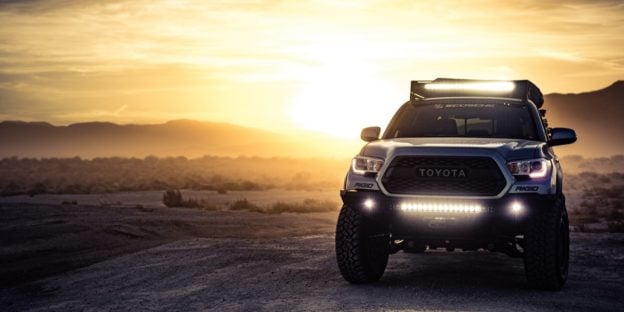If you’re looking for the best deal on a vehicle, an auction can be a great place to shop. Car auctions are often cheaper than private sellers and dealers, but you’ll need to know how to place an effective bid.
Most of the time, you’ll need to register with the auctioneer to place a bid. If you win, you’ll have to put down a deposit and return later for the full payment. However, each auction is different from the next, so it’s important to ask about their specific protocols.
Today we’re going to talk about the two types of bids you can place: an open bid and a closed bid. Understanding their similarities and differences will help you find the best auctions to work with.
How Car Auctions Work
An auction refers to a sale in which buyers compete for an asset – in this case a car – by placing bids. Auctions are done in a variety of formats, including online or in-person. There are many types of cars sold through auctions, and many are in good condition. For example, repossessed cars are often sold at auctions because banks want to recoup some of their losses.
There are a number of benefits to enjoy by buying a car through an auction such as fast turnaround times, great deals and a wide selection. And thanks to online auctions that can be done from the convenience of home, many people are finding that it’s safer and easier to buy cars this way instead of through a dealer.
Open Bids vs Closed Bids
There are two types of auctions: an open auction and a closed auction.
- Open auctions. In an open format, all bidders are aware of the bids submitted. Interested parties will place their bids and continue bidding higher until someone wins. Usually, the car is given to the person with the highest bid.
- Closed auctions. In a closed format, people place bids without anyone knowing what they are. Only the sellers know the bids and they may choose to do one round of bids or more depending on the bids they receive.
We also want to point out that most auctions have fees you’ll have to pay if you do win the bid. This fee is paid on top of the winning bid. We also recommend arranging to inspect the vehicle in person and requesting a car history report.
Shop for Repossessed Cars at RepoFinder – it’s Easier than an Auction!
At RepoFinder, you can place bids on vehicles at any time. You do not need to wait for an auction to start. All of our vehicles are sold directly through banks and credit unions, so the transaction is between you and them. By cutting out the middleman, you’re able to significantly reduce time and out-of-pocket costs. Shop with RepoFinder today and find a safe, reliable car at a great price!





